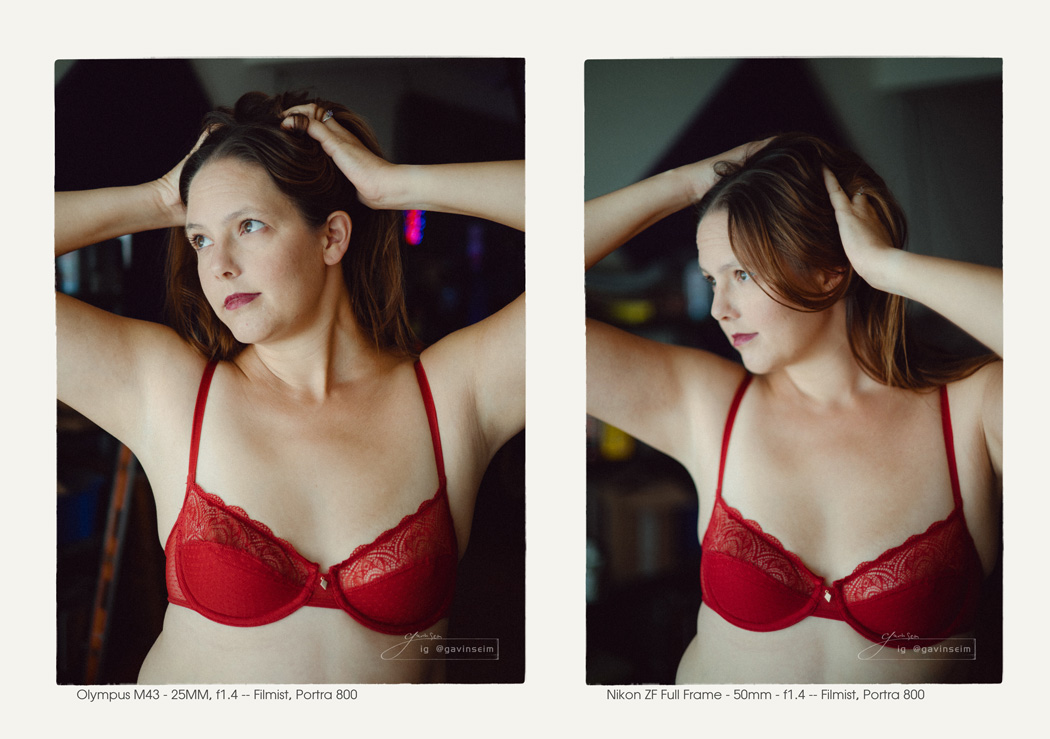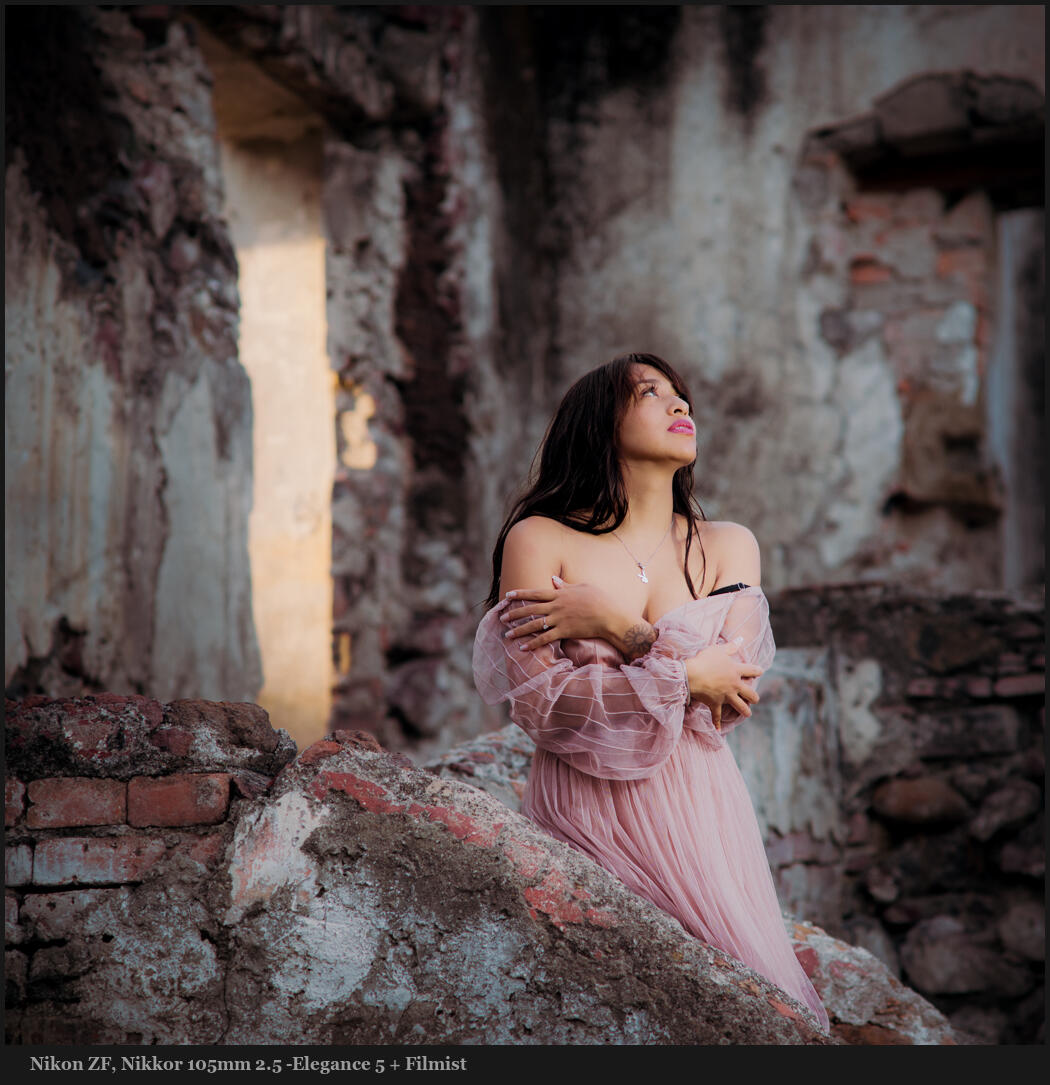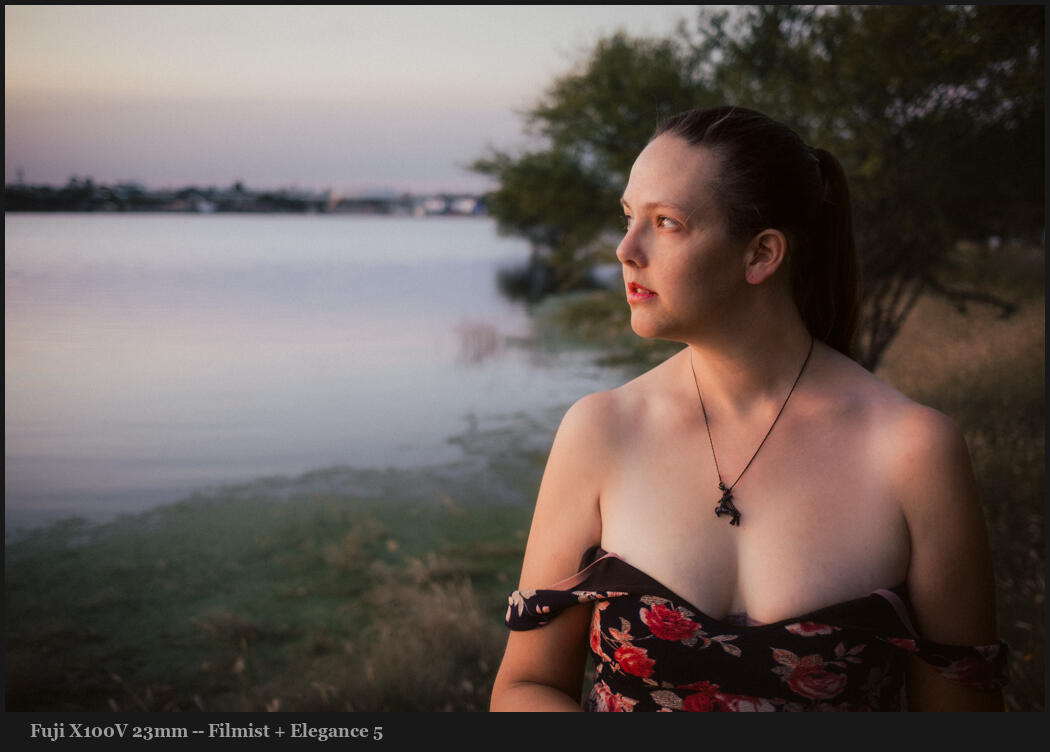It’s really simple honestly and I should not have to make a video on this. But in age of so called experts teaching things that are simply false, its actuality important.
No, sensor size does NOT matter to aperture!
In today video I used presets from Filmist, Silver and a a little Natural HDR. There a free mini versions of each. Also don’t miss my next Shadow Hackers LIVE workshop.
Equivalent F-Stop is not a real thing in Photography.
I made this video on w home last week. I didn’t know this would be such a hot topic because I did not fully grasp what bad information new photographer have been handed by so called experts.
When I started in the 90’s it was said real photographers used medium format. But NO ONE said, a 50mm 1.4 on your Nikon was actually a 50mm f4 because of the medium format conversion factor, more light gathering etc.
The exposure of an f1.4 lens on medium format, full frame, M43 or a phone is exactly the same!This was all was invented for the internet by influences that want to sell you bigger lenses or sound smarter than you.
By their reasoning I should be calling their full frame f1.4 lens an F8 because of my 4×5 large format lenses that literally cover 4×5 inches. ON that a 90mm is a 24mm wide angle after all.
This is first year photography and we need to get back to basics. It’s all in the video but I’m also adding some follow up notes.

F stop is the same F stop on any sensor size.
IN a last ditch effort to be right on the influence speak they erroneously beloved, many revert to the obscure math only relevant if you were actually building a lens, or more commonly the idea that a full frame gets more light because it’s a bigger lens covering more area.
No. The amount of light you get on the sensor and the corresponding exposure is exactly the same as we can see demonstrated in the video.
Yes. You will get less bokeh on 25mm lens than you will on a 50m at the same aperture. That said always a bad thing But the aperture is the same and there’s no Equivalent aperture. That’s not a real photography term and bokeh is nor measured in fstops, They measure light transmission based on the opening in relation to the focal distance. really, that’s’ all.
I’ve been seeing that light gathering argument all over. It’s nonsense to someone who understands photography basics.
It’s like saying if you have a projector filling a 5 foot wall and another filling a 10 foot wall. Obviously to cover the bigger wall with the SAME luma value light in each MM you would need a brighter light, because its over more area. That’s why full frame need to be bigger and project that light more area.
But that idea makes zero difference in how aperture works since the light hitting each respective sensor space or film is the same. So the exposure is exactly the same on the sensor in relation to it’s size.

Dear full frame snobs… It’s not LESS bokeh. It’s MORE depth of field.
People often promote these smaller lenses or smaller sensors as worse. They are not. I’ve lost far more photos to out of focus from being wide open than from have having enough bokeh.
Bigger sensors have less tightly packed pixel sites that in essence let them be more sensitive to light and often have less noise. No this does not mean the aperture equivalence is real. It’s the sensor that’s diffidence not the aperture.
Smaller sensors like on an M43 camera can results in smaller camera but more importantly smaller lenses. By a lot. This makes the camera much more portable which means I take it more and use it more. The same quality lens also tends to cost less as it needs less glass.
Some may call the quality lesser. But it’s usually people who don’t understand how to use shadow and light. Yes they can have a tad more noise at high ISO and at times this matters. Usually it does not and modern noise is just like grain and does not even need to me removed by any fancy tools.

Gear does not make great photos.
Sure there’s a point where images get a lot more limited like cell phone size sensors. But on pro and pro-sumer cameras is more just a preference.
So these wider lenses, say this 25mm give a tad less bokeh. That’s also a feature however because they give MORE depth of field. When I;m shooting street or landscapes or on the go and don’t need that blur, theM43 camera actually improves my hit rate and makes focusing easier.
Everything has a cost in photography just as in life. Everything is a trade off. I have a Nikon full frame because yes sometimes i want a bit more blur. But the truth is I usually grab full frame because my beautiful vintage lenses fit at their intended field and I can even use them with an auto focus-adapter of view and I can mount anything to the Nikon, even full frame Sony lenses.
But more often I will take a small crop sensor camera. My results and just as good, only slightly different and I take it more because it handles so much easier.
I’m glad to have both. But if bigger was better I would have to say we all need medium format. But it’s not so don’t let people selling you stuff convince you it is.
Gavin Seim

